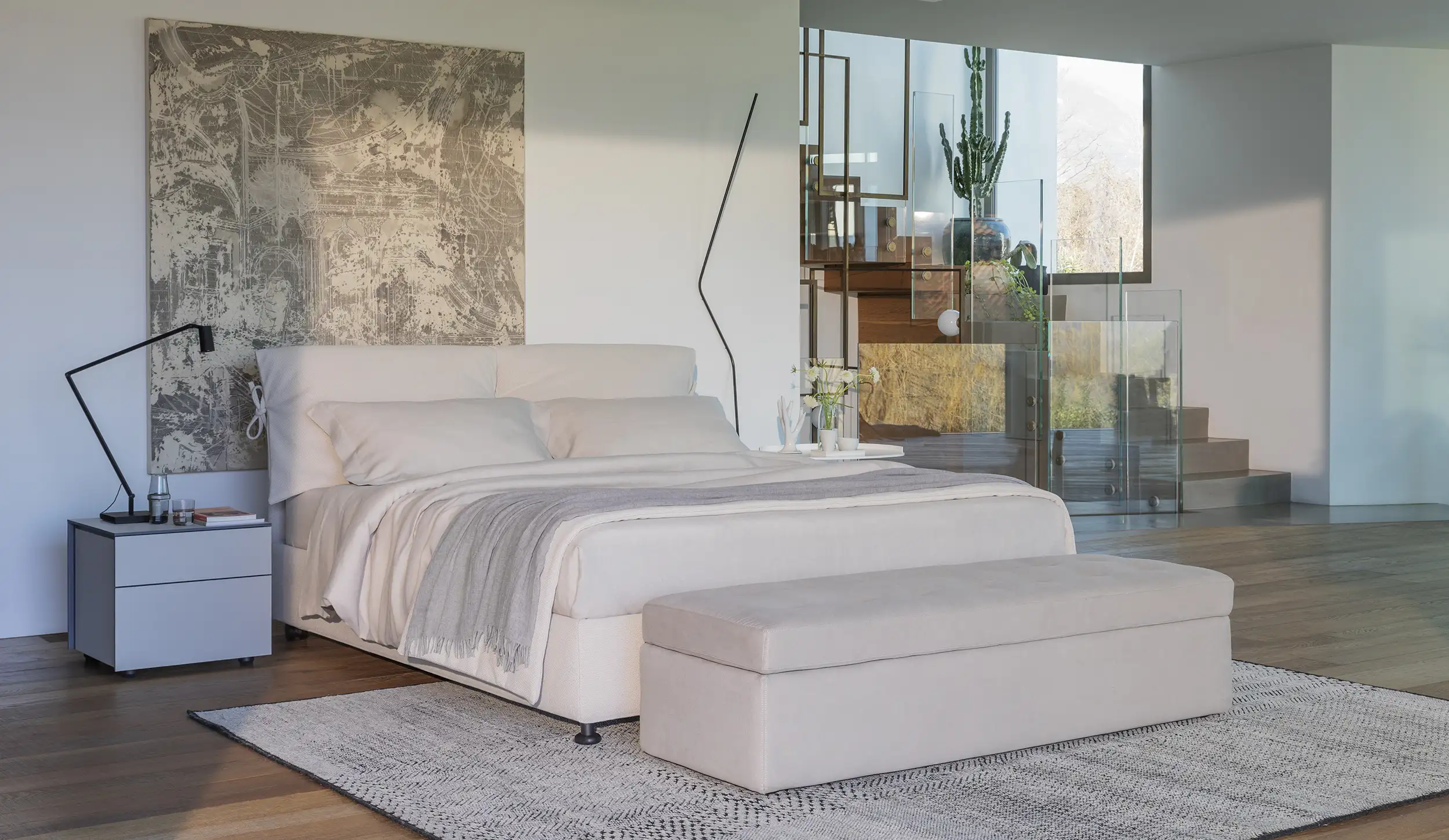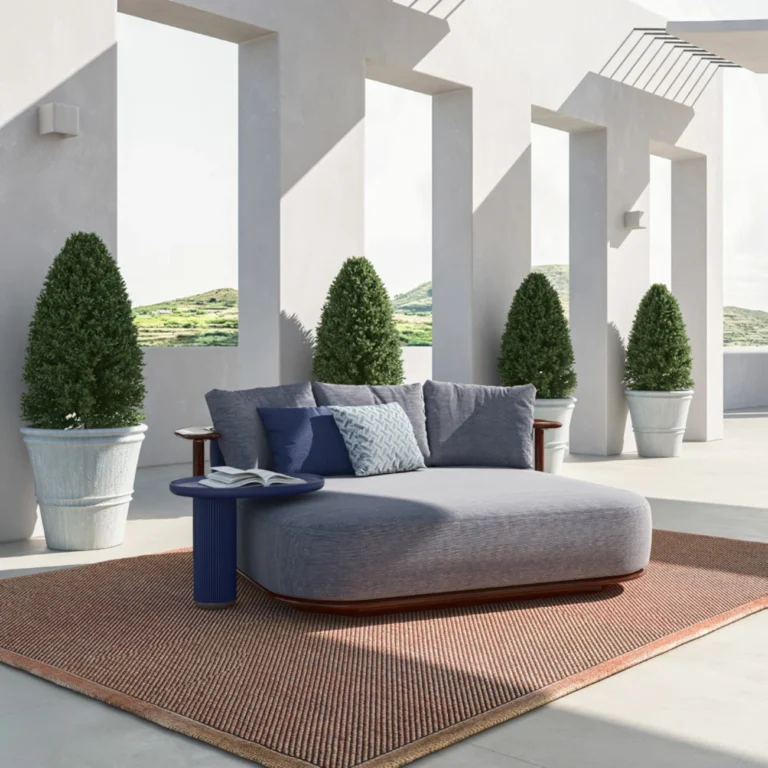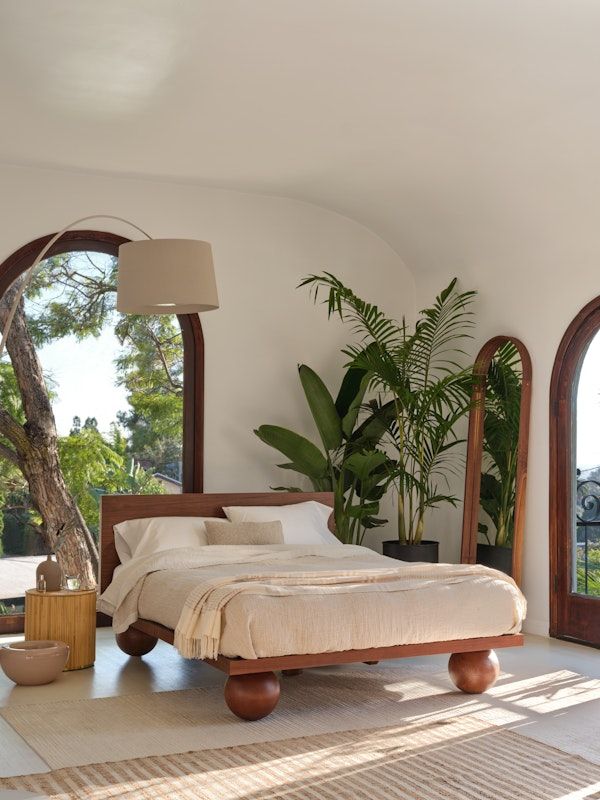In the age of instant gratification and fast everything—fast food, fast fashion, fast furniture—it’s tempting to believe that all sofas are basically the same. Many shoppers are left wondering: Is there really a point in paying more for high-end furniture anymore? With mass retailers offering entire living room sets for under a thousand dollars, the allure of affordability is hard to resist.
But behind the glossy marketing and seemingly identical aesthetics lies a simple truth: not all furniture is created equal—and more importantly, not all furniture ages equally. There’s a growing chorus of voices, especially among those who’ve lived with both worlds, saying that yes, quality still matters—and in furniture, it matters a lot.
Mass Production vs. Mastery
One of the most consistent insights from people who’ve tried both ends of the spectrum is that mass-market furniture, no matter the price tag, often lacks integrity. Many pieces that look elegant in photos are, under the surface, hastily stapled together frames made of particle board and MDF, disguised under machine-tensioned upholstery. The cushions sag in a few years, springs creak or snap, and fabrics begin to pill and fray—if not outright tear.
Even some big-name brands once associated with craftsmanship have shifted production overseas and quietly replaced solid hardwoods with veneers over plywood. As a result, items once known to last decades are now discarded in landfills after just a few years. What looks good on Instagram often fails the test of real, everyday living.
In contrast, high-end furniture—when truly high-end—still adheres to principles of durability, longevity, and tactile quality. It’s not just about how something looks in a staged showroom. It’s about how it feels, how it holds up, and how it supports the rhythm of daily life over years, even decades.
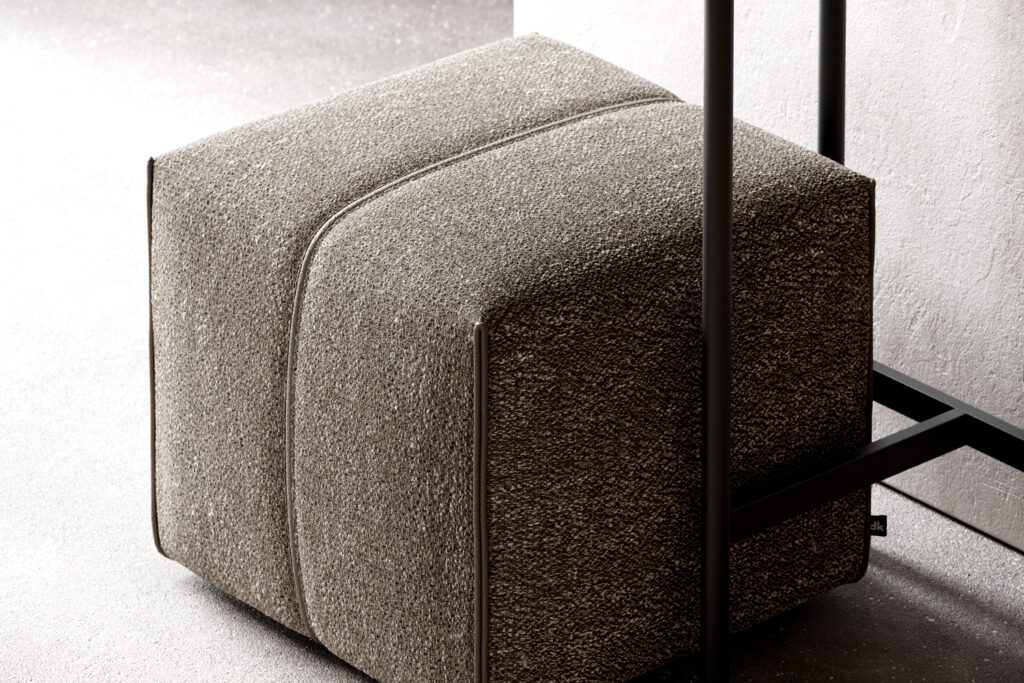
What Does Real Quality Look Like?
The differences between low- and high-end furniture can be subtle at first, but they reveal themselves over time. A well-built sofa, for example, might include:
- A kiln-dried hardwood frame, not particle board or soft pine
- Eight-way hand-tied springs that distribute weight evenly and prevent sagging
- Cushions with a core of steel springs or high-density foam, wrapped in feather or down and encased in cotton ticking
- Tailored upholstery with double-stitched seams, pattern matching, and zippered cushions
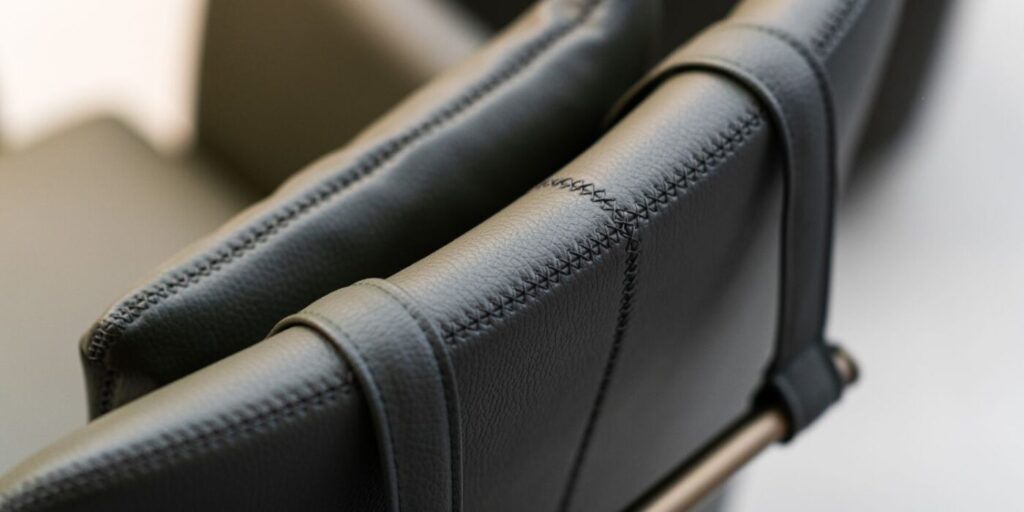
- Natural or performance fabrics that age gracefully, rather than stretch or degrade
When furniture is built like this, it isn’t just durable—it’s restorative. The tactile feedback is different. Sitting down feels grounded, supportive, intentional. Even after years of use, it doesn’t collapse or deform. And when the fabric does begin to show wear, it’s usually worth reupholstering—because the bones are still rock solid.
Heirloom Potential, Not Planned Obsolescence
A recurring theme in discussions around luxury furniture is the idea of permanence. Not permanence in style—although many high-end pieces are timeless—but in construction. People recount reupholstering their parent’s or grandparent’s sofas from the 1960s and 70s. The frame still solid. The cushions still resilient. These are not nostalgic anecdotes; they’re proof of a now-rare standard of build quality.
Compare that with many modern couches, even expensive ones, that begin to sag, squeak, or lose shape within three to five years. Some pieces are built with staples and glue rather than screws and joinery. Once damaged, they’re not worth repairing. You don’t pass them down. You drag them to the curb.
That’s the difference: legacy versus landfill.
Price Alone Means Nothing
There’s a critical distinction to make here: expensive does not always equal high quality. Plenty of mass-market brands slap a luxury price tag on underwhelming construction. They count on good photography, clever names, and showroom lighting to justify inflated costs. And many consumers—rightfully so—feel burned by the experience.
Real quality isn’t just about price, but about where and how something is made. Many of the best pieces are crafted in smaller workshops in Italy, the U.S., or parts of Europe where traditional methods are still practiced. These pieces cost more not because they’re branded, but because someone actually spent time building them right.
Buyers who have spent $10,000+ on custom sofas with solid hardwood frames, spring-down cushions, and hand-stitched upholstery often report that their pieces feel brand new even after a decade. By contrast, others who spent $3,000–$5,000 on trend-driven pieces from mid-tier retailers are already shopping for replacements.
The lesson? Price is a filter. Craftsmanship is the key.
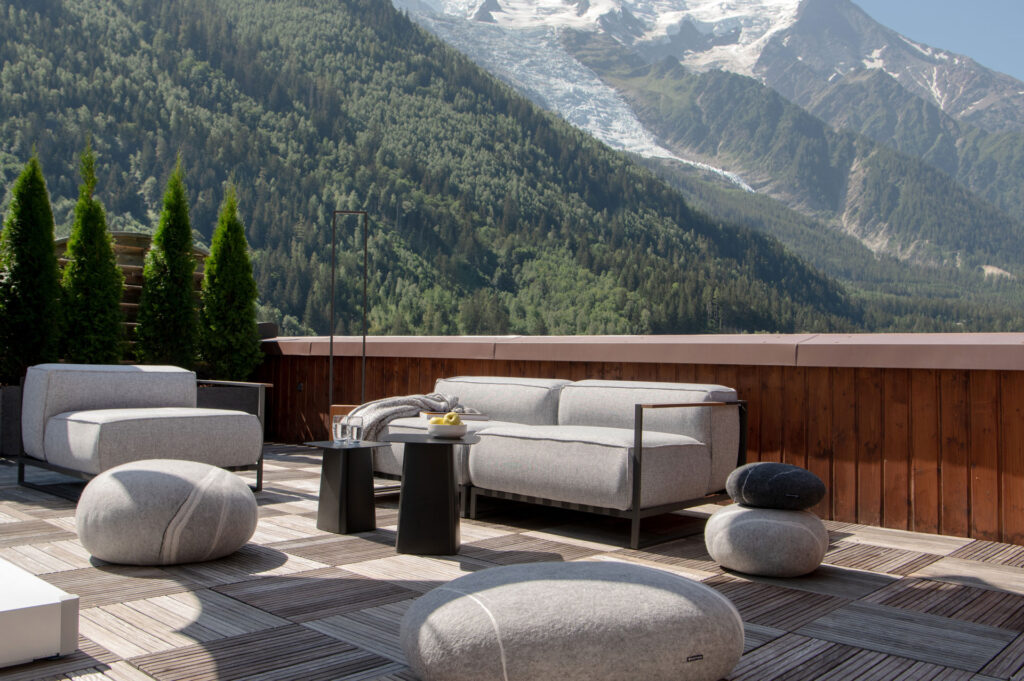
The Cushion Conundrum
It’s hard to talk about sofa quality without talking about cushions—arguably the Achilles’ heel of most contemporary seating. One of the most common complaints about modern sofas, even some with four- or five-figure price tags, is that the cushions sag, flatten, or become uneven after just a few years.
In contrast, true high-end furniture or specifically luxury cushions are often made with multi-layered cores. A common construction might include a spring core for structure, wrapped in high-density foam for shape, then layered with down or feather for softness. These are more expensive to produce—but the difference in comfort and longevity is unmistakable.
People also forget: the ability to replace or re-stuff a cushion matters. High-end furniture brands design their cushions to be serviced. Lower-end brands often glue their cushions shut, knowing full well it’ll cost more to fix than replace.
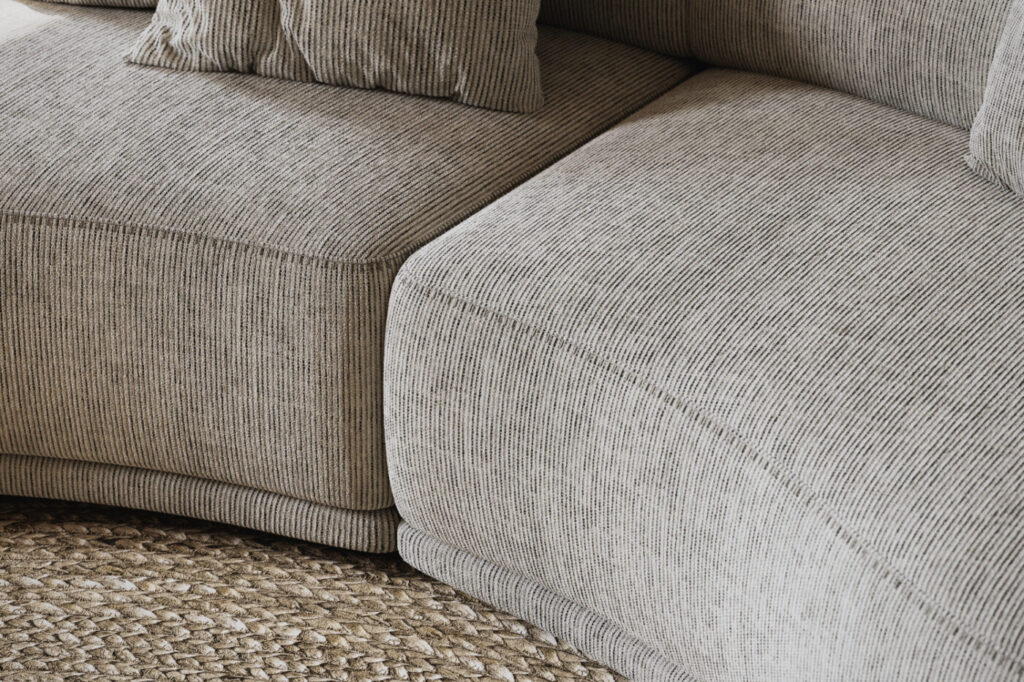
Form Follows Function
Design matters. But real high-end furniture doesn’t just look good—it performs well under pressure. Thoughtful details like removable covers, hidden zippers, solid joinery, and reversible cushions make pieces easier to maintain over time. High-end pieces are also better balanced, better scaled, and better proportioned. They don’t just look right—they feel right.
In fact, many pieces from respected European brands are built like architectural structures: engineered, not assembled. The best pieces are not trends—they’re blueprints for a way of living, where comfort, elegance, and durability are seamlessly integrated.
A Cultural Shift Toward “Less, but Better”
Interestingly, the backlash against fast furniture is already underway. A new generation of consumers is embracing the “buy once, cry once” philosophy: purchasing fewer, better things—and investing in long-term value rather than short-term gratification.
They’re hunting down vintage gems, restoring heirloom-quality furniture, or saving up for something made by real craftspeople. These decisions aren’t just about durability—they’re also about sustainability, ethical production, and rejecting disposability as a lifestyle.
For those who’ve made the leap, the feedback is consistent: it feels different to live with something that was made with care. Whether it’s a dining table that carries the weight of every family gathering, or a sofa that still welcomes you home after a decade of daily use—quality becomes part of your everyday rituals.
Final Thought
In a world where so much is designed to break, luxury furniture is an act of quiet rebellion. It is not just about opulence. It is about standards. About expecting more from the objects we surround ourselves with. And about trusting that some things—when built with integrity—are still worth keeping.
And yes, that includes your sofa. Especially your sofa.
